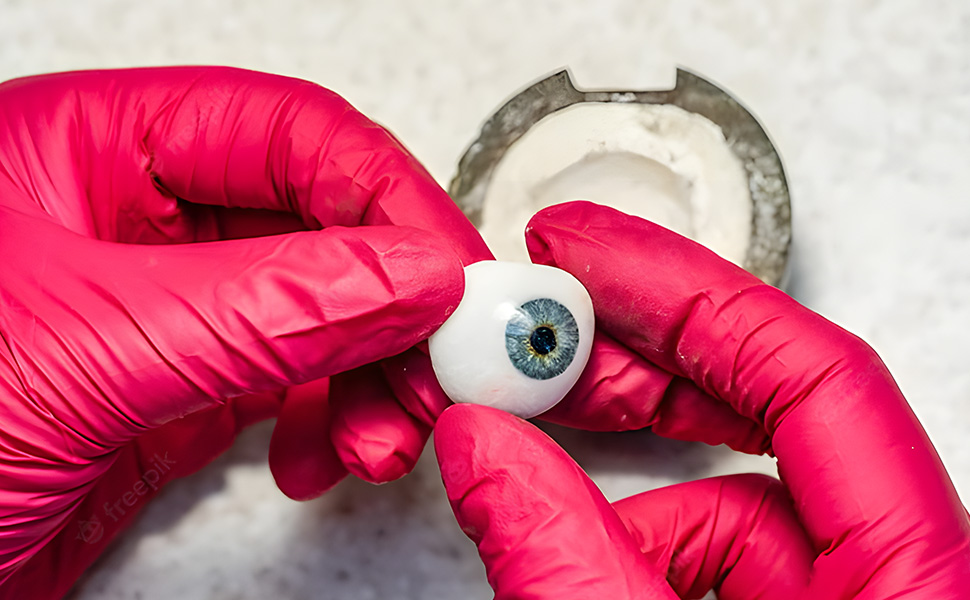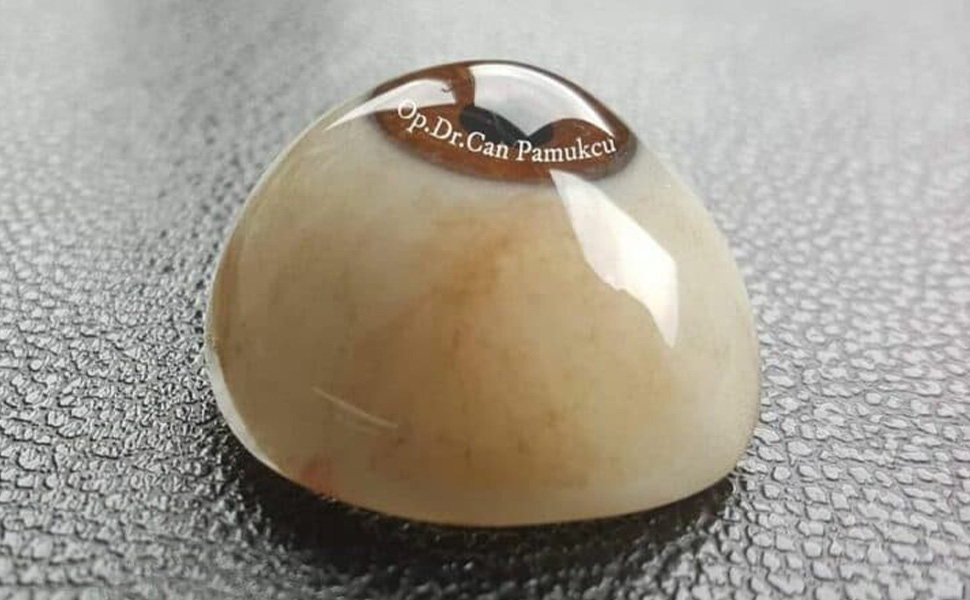
For individuals seeking an aesthetic and functional solution following eye loss, prosthetic eye surgery involves replacing an artificial eye. This surgery helps those experiencing eye loss achieve more balanced and natural facial expressions.
Prosthetic eye surgeryIt's performed to provide an aesthetic and functional solution for individuals experiencing eye loss. So, how does this surgery work? Here are the steps: prosthetic eye surgery:
- Preliminary Assessment: Before surgery, the ophthalmologist evaluates the patient's general health, the tissue structure around the eye, adhesions, stenosis, and the most appropriate size for the prosthetic eye.
- Eye Surgery: If a patient has lost an eye due to illness or injury, the remaining eye tissue may need to be removed. This is done through procedures such as enucleation (removal of the eyeball) or evisceration (removal of the eye contents). Following these procedures, the implant is placed in the eye cavity.
- Implant Selection and Placement: The implant, usually made of acrylic or silicone, is inserted by connecting it to the eye muscles. The purpose of the implant is to mimic the movement of the prosthetic eye with that of the natural eye.
- Conjunctival Skin Closure: The implant is covered with the conjunctiva, which forms the inner surface of the eyelids.
- Prosthetic Eye Design: Four weeks after surgery, our eye specialist designs the prosthetic eye. At this stage, the prosthetic eye is designed by taking into account the color, vascular structure, and shape of the remaining natural eye.
- Placement of the Prosthetic Eye: The designed prosthetic eye is placed in the eye socket. This prosthesis moves in harmony with the implant, resulting in a natural appearance.
- Checks and Maintenance: After surgery, regular checkups with your doctor are essential. Cleaning and proper care of your prosthetic eye will ensure its longevity. Therefore, we recommend routine eye checkups every six months and annual prosthetic eye checkups.

Aesthetic Appearance: The prosthetic eye is designed to match the color, shape and size of the natural eye, thus providing a symmetrical appearance on the face.
Increased Confidence: After a prosthetic eye is fitted, an individual's self-esteem and desire for social interaction may increase.
Easy Maintenance: The prosthetic eye is very easy to maintain and can be used for many years with regular cleaning.
- Individuals with congenital eye deficiency
- Those who lost their eyes as a result of eye injuries
- Those who lost their eyes due to eye diseases or tumors
You may experience some swelling, redness, or discomfort in the first few weeks after surgery. However, these symptoms usually subside after a while. Prosthetic eyemoves in harmony with the underlying tissues to mimic natural eye movements.

Prosthetic eyeoffers an aesthetic and functional solution after eye loss. However, like all surgical procedures, prosthetic eye procedure may also involve some risks. Here prosthetic eye Possible risks and complications associated with:
- Infection: Any surgical procedure carries a risk of infection. Symptoms of infection include redness, swelling, pain, and discharge. If you experience any of these symptoms, you should contact your doctor immediately.
- Implant Displacement: The implant placed in the orbital socket can sometimes shift, causing the implant to not move naturally.
- Cover Issues: Improper fitting or placement of a prosthetic eye can cause eyelid problems, causing the lids to not close properly or to appear asymmetrical.
- Decreased tear production: In some patients, natural tear production may decrease after placement of a prosthetic eye, leading to discomfort and dryness.
- Color Change of Prosthetic Eye: Over time, color changes may occur in the prosthetic eye, causing the prosthesis to become less compatible with the natural eye.
- Fibrosis and Scar Tissue Formation: Some patients may experience fibrosis, or scar tissue, around the implant after surgery. This can restrict the prosthesis's movement. Therefore, surgery should be performed by a specialist.
- Allergic Reactions: In rare cases, some patients may have an allergic reaction to the prosthetic eye or the materials used.
Prosthetic eye surgeryIt can help resolve the aesthetic and psychological problems experienced due to eye loss. It is an aesthetic and functional solution for individuals experiencing eye loss.
This procedure balances the patient's facial expression and achieves a natural appearance. Careful pre- and post-operative care and adherence to doctor's recommendations will ensure successful use of the prosthesis for many years.







